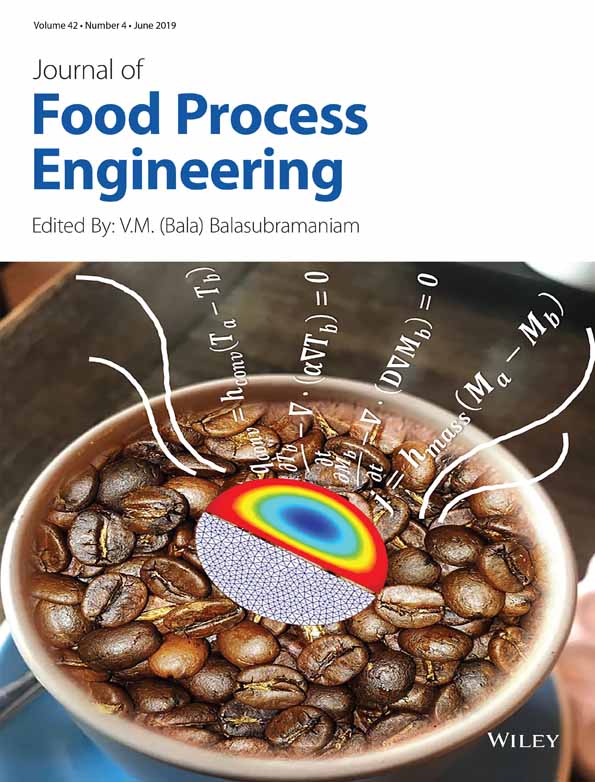Modeling, simulation, and analysis of a soybean meal desolventizing equipment
Abstract
This study presents a mathematical modeling for the simulation of the desolventizing process occurring in a Desolventizer-Toaster (DT) equipment. This equipment is used for the separation and recovery of hexane from soybean meal exiting the extractor. The model allows testing and determining the most adequate operational process conditions. It also allows establishing relations among these conditions and the DT output variables. The DT has been modeled as a column of several stages, satisfying the mass and energy balances and the vapor–liquid equilibrium relation at each stage. The mathematical model, implemented with the Matlab™ software and validated with actual plant data, gives satisfactory results. Therefore, the model proposed can be used with confidence by industry for improvements of the DT operational conditions.
Practical applications
The developed model can be used to optimize the desolventization process, with respect to the recovery of Hexane and the use of energy.




